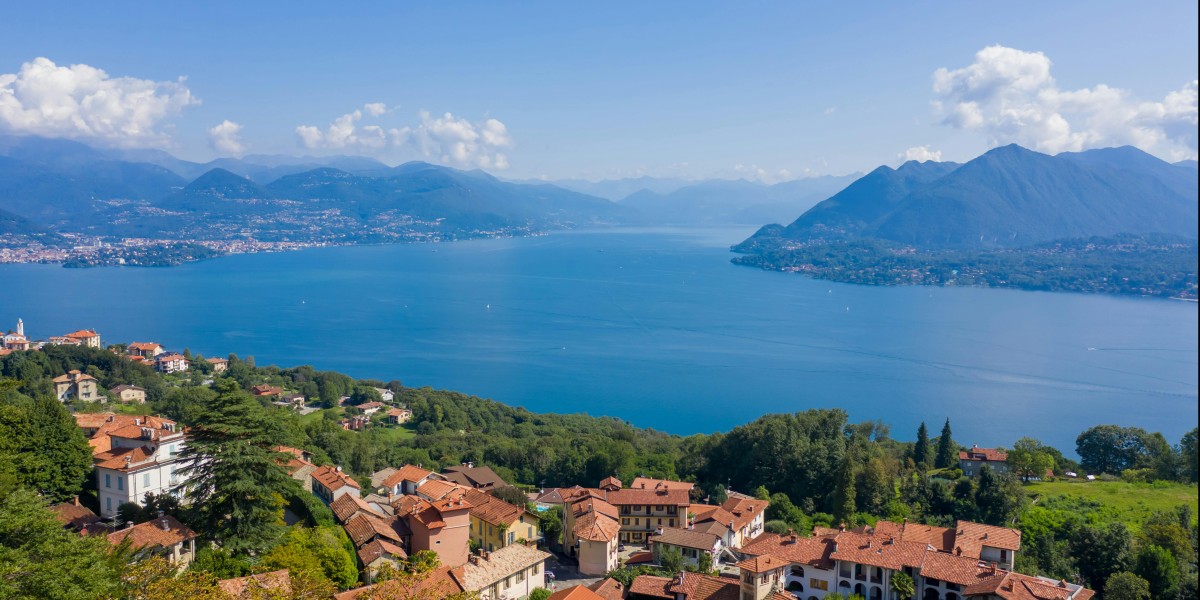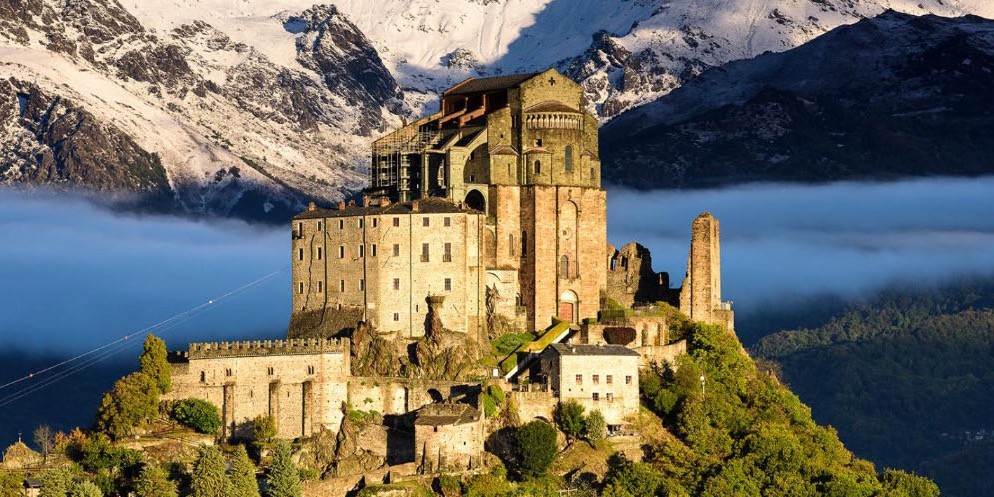
Piedmont is a fascinating corner of Italy, a place where grand, elegant cities sit against a backdrop of snow-dusted alpine peaks. But deciding what to see in Piedmont is about more than just ticking off the sights. What’s on your plate is just as important as the historic palaces and vineyard views. Spend the morning exploring a royal residence and the afternoon tasting some of the world's most revered wines for a well-rounded and blissful day in the northern region of Piedmont.
Turin: the elegant capital

Turin is a city that often flies under the radar, which is a huge part of its appeal. It’s grand without being showy.
You can’t miss the Mole Antonelliana, the city's spire-topped icon, which houses the National Cinema Museum.
It’s worth taking the panoramic lift to the top for a spectacular view across the terracotta rooftops to the Alps.
For a dose of ancient history, the Egyptian Museum has one of the most important collections of Egyptian antiquities outside of Cairo.
The city was also the seat of the Savoy royal family, and you can get a real sense of their power at the Polo Reale, a complex of royal palaces and gardens.
By night, head to the old Quadrilatero Romano district, where the historic streets come alive with the city’s famous aperitivo scene.
The UNESCO vineyard landscapes: Langhe, Roero and Monferrato
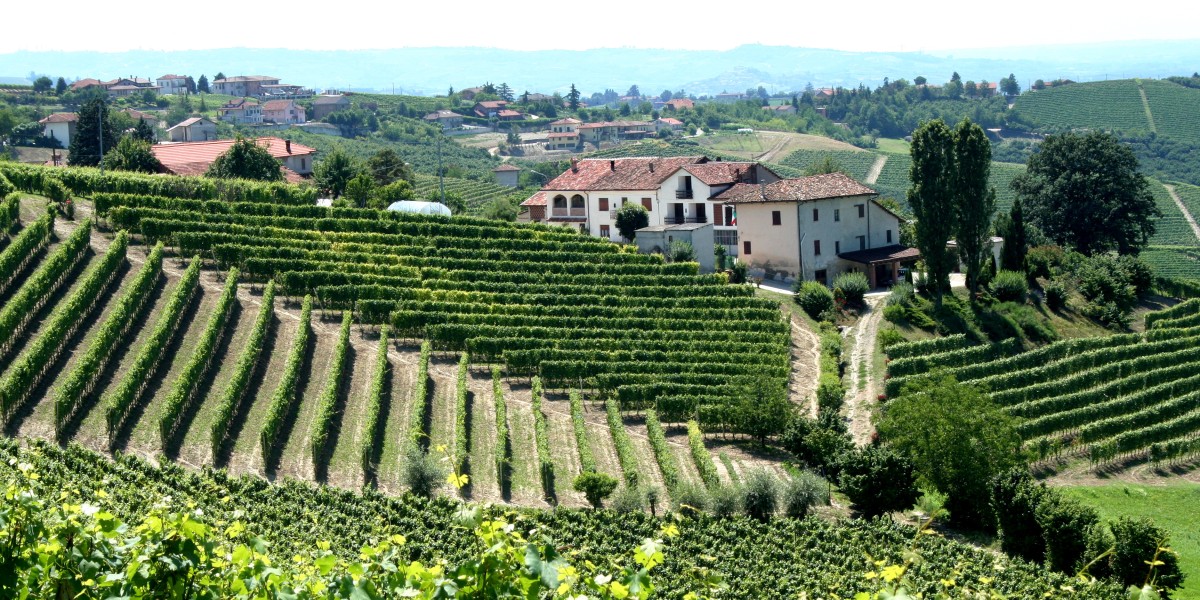
South of Turin, the landscape softens into rolling hills, perfectly striped with vineyards that have been cultivated for centuries. This whole area is a UNESCO World Heritage site, recognised for its deep-rooted winemaking culture.
The unofficial capital of the Langhe is Alba, a lovely medieval town famous for its white truffles. It's the perfect base for exploring the surrounding countryside, including the superstar villages of Barolo and Barbaresco. These sleepy spots give their names to two of Italy’s most esteemed red wines. Don't overlook Asti either; it’s known for its sparkling Spumante wine and holds its own historic horse race, the Palio di Asti, every September.
The great outdoors: Alpine peaks and serene lakes
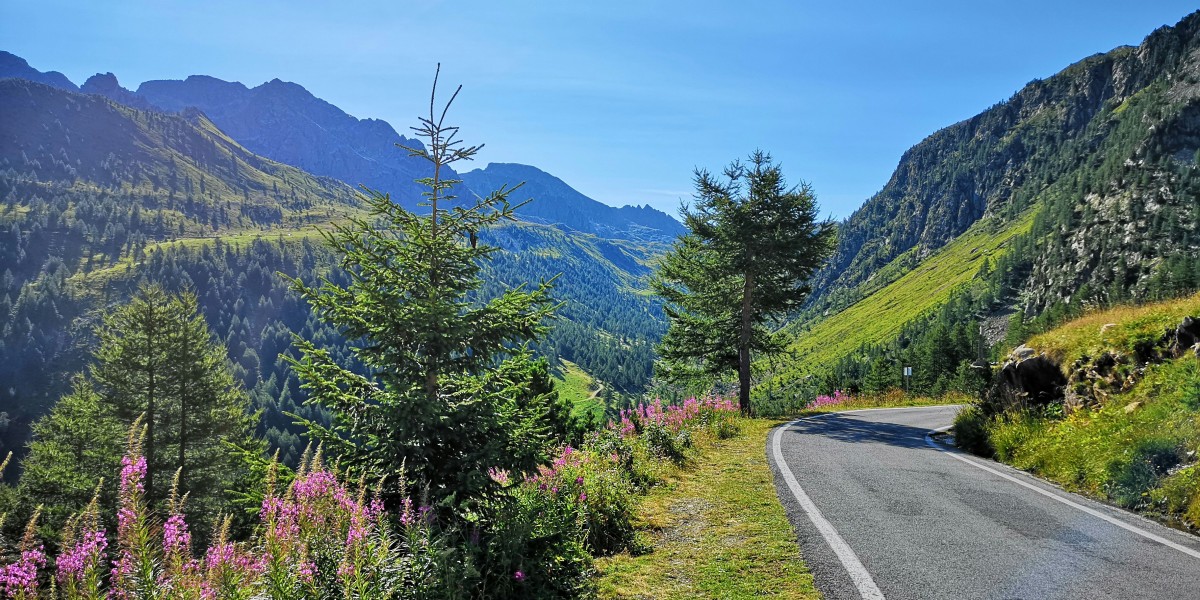
Piedmont is framed by the Alps, and you’re never far from some serious natural beauty.
- For walkers, Gran Paradiso National Park is a must. It’s Italy's oldest national park, a protected wilderness where you can spot ibex and chamois.
- The region also has its share of beautiful lakes. Lake Maggiore is the larger, more famous one, with elegant towns like Stresa and the lovely Borromean Islands.
- For something a little quieter, the smaller Lake Orta is a real gem, home to the impossibly pretty village of Orta San Giulio.
- In winter, the mountains come into their own, with ski resorts like Sestriere in the 'Via Lattea' (Milky Way) ski area offering hundreds of kilometres of pistes.
Historic jewels and sacred sites
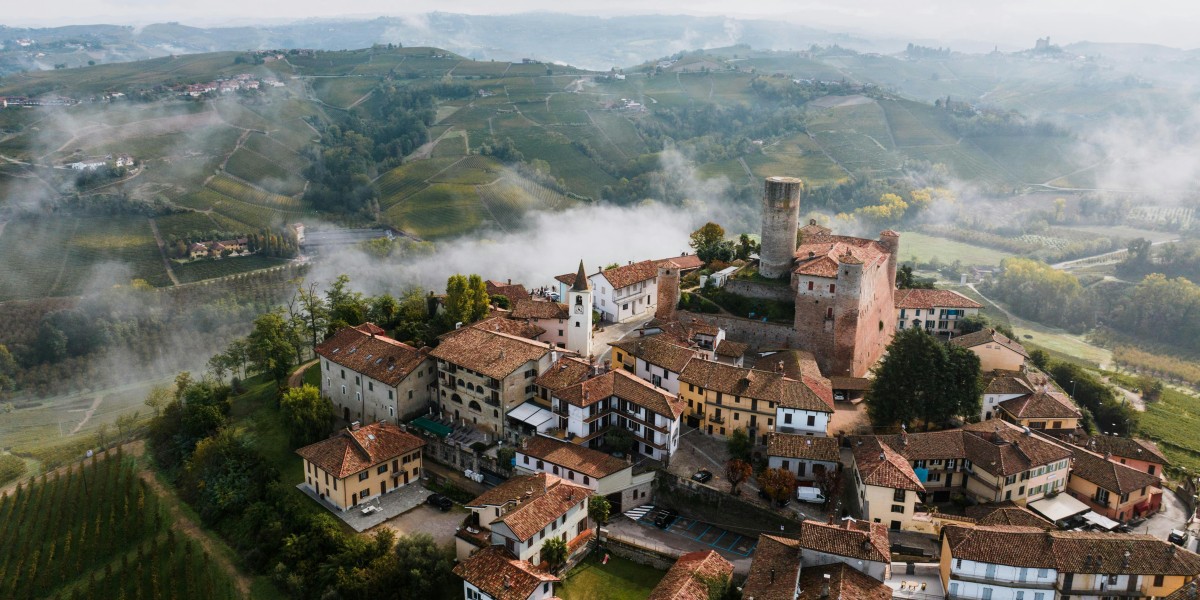
Beyond the cities and countryside, Piedmont has some remarkable historic sites.
- The most dramatic has to be the Sacra di San Michele, an ancient abbey perched on a mountaintop overlooking the Susa Valley. Its imposing location is said to have inspired the setting for the novel The Name of the Rose.
- You'll find the Reggia di Venaria Reale further north, a magnificent former royal residence often called Italy's 'Versailles'. Its grand halls, particularly the Great Gallery, and vast, beautifully restored gardens, are an incredible sight.
The tastes of Piedmont: a food lover's guide
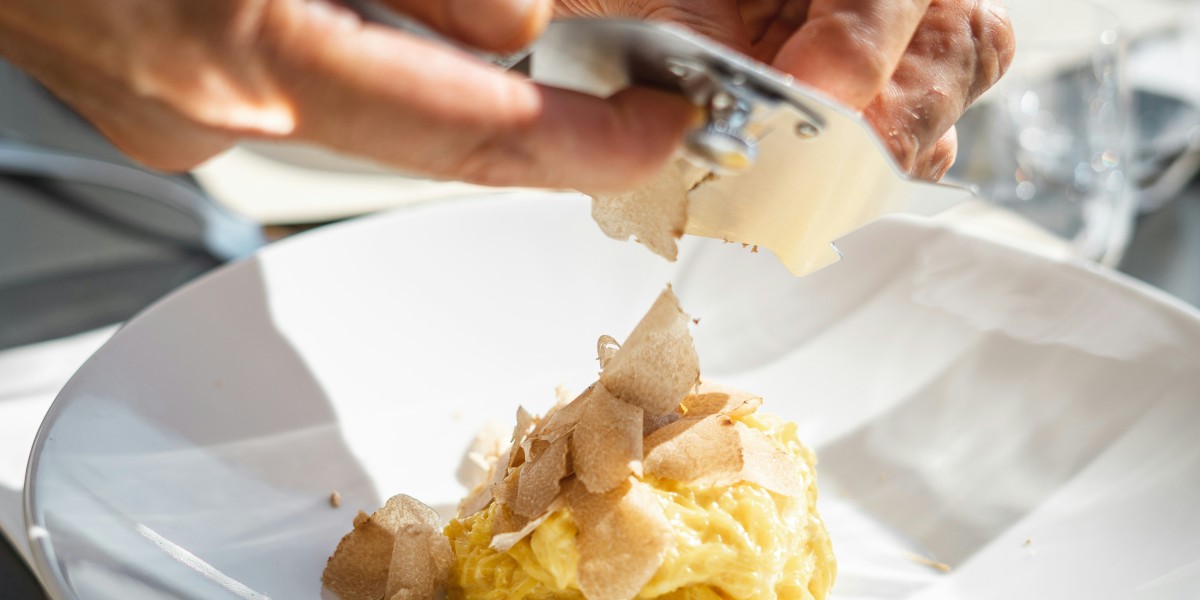
The Holy Trinity: truffles, hazelnuts, and cheese
The most famous local ingredient is the elusive white truffle of Alba, a pungent, prized fungus that surfaces every autumn and commands eye-watering prices.
Just as important is the Nocciola Piemonte IGP, a local hazelnut with such an intense flavour that it became the star ingredient in gianduja, the chocolate-hazelnut paste that was the precursor to Nutella.
The region also produces some formidable cheeses. Keep an eye out for the sharp, crumbly Castelmagno, the nutty Bra, and the soft, creamy tang of Robiola di Roccaverano.
The world-famous wines of Piedmont
Piedmont is serious wine country. The reds are the main event, led by the 'King and Queen' of Italian wines, Barolo and Barbaresco. Both are made from the Nebbiolo grape and are complex, powerful wines built to last.
For something a bit more suited to everyday drinking, the locals turn to the fruity, versatile Barbera or the softer Dolcetto. On the white front, you'll find the crisp, dry Gavi and the floral Arneis. And of course, the region is the home of sweet, sparkling wines, most famously Asti Spumante and the lighter, more aromatic Italian dessert wine, Moscato d'Asti.
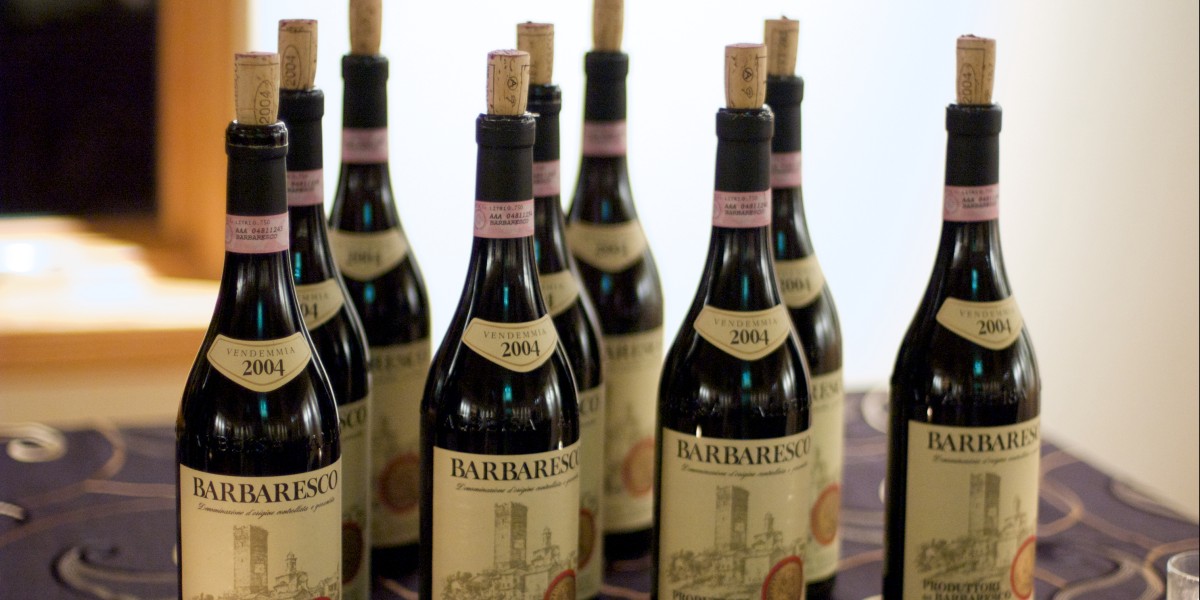
Must-try Piedmontese dishes
When you sit down to eat, there are a few local plates that you really shouldn't miss.
Tajarin al Tartufo: a mountain of fine, golden, egg-yolk pasta, often served very simply with a knob of butter and generous shavings of fresh white truffle.
Agnolotti del Plin: small, hand-pinched pasta parcels, typically stuffed with a mix of roasted meats. The 'plin' refers to the pinch used to seal them, and it's a great example of a classic North Italian pasta dish.
Brasato al Barolo: a proper, soul-warming dish of beef, slow-braised for hours in Barolo wine until it is unbelievably tender.
Bagna Càuda: a sociable affair, this is a warm, bubbling dip of garlic, anchovies, and olive oil that’s kept over a flame at the table for dunking raw vegetables like cardoons and peppers.
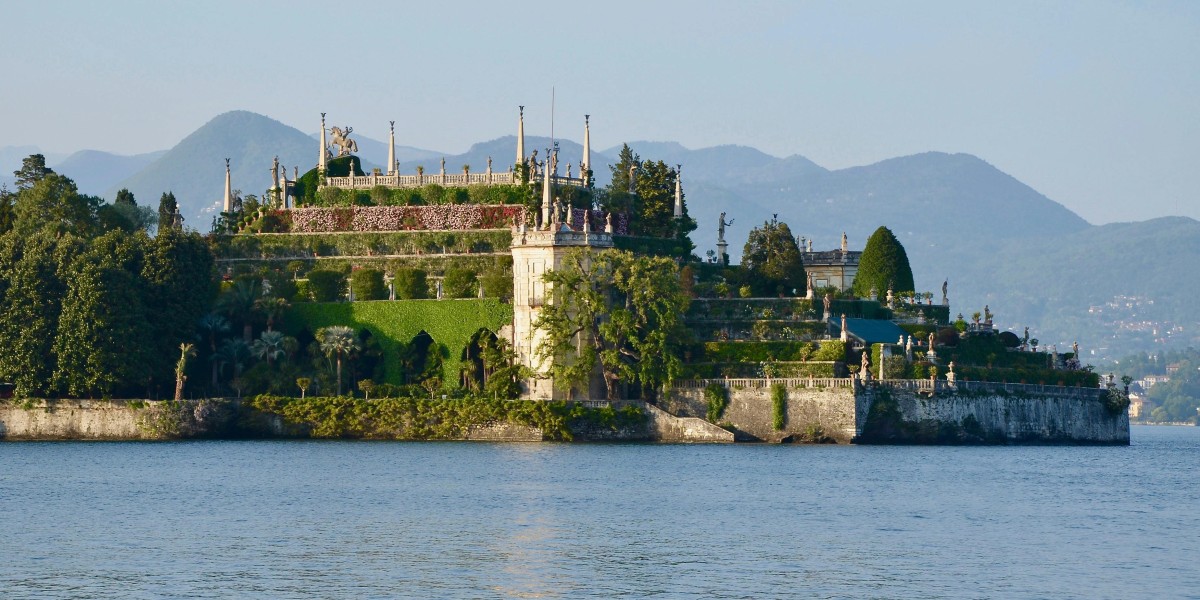
Living in Piedmont
It's easy to see how a taste of the region's food, wine, and landscapes could leave you wanting more. If a trip has you dreaming of a more permanent stay, you can find out everything you need to know about living in Piedmont, from the day-to-day costs to the best places for expats to settle.
Stay inspired for your travels in Italy —get our weekly newsletter for the latest travel, legal, and lifestyle news.
For a taste of the high life, sign up for the monthly luxury market round-up.
